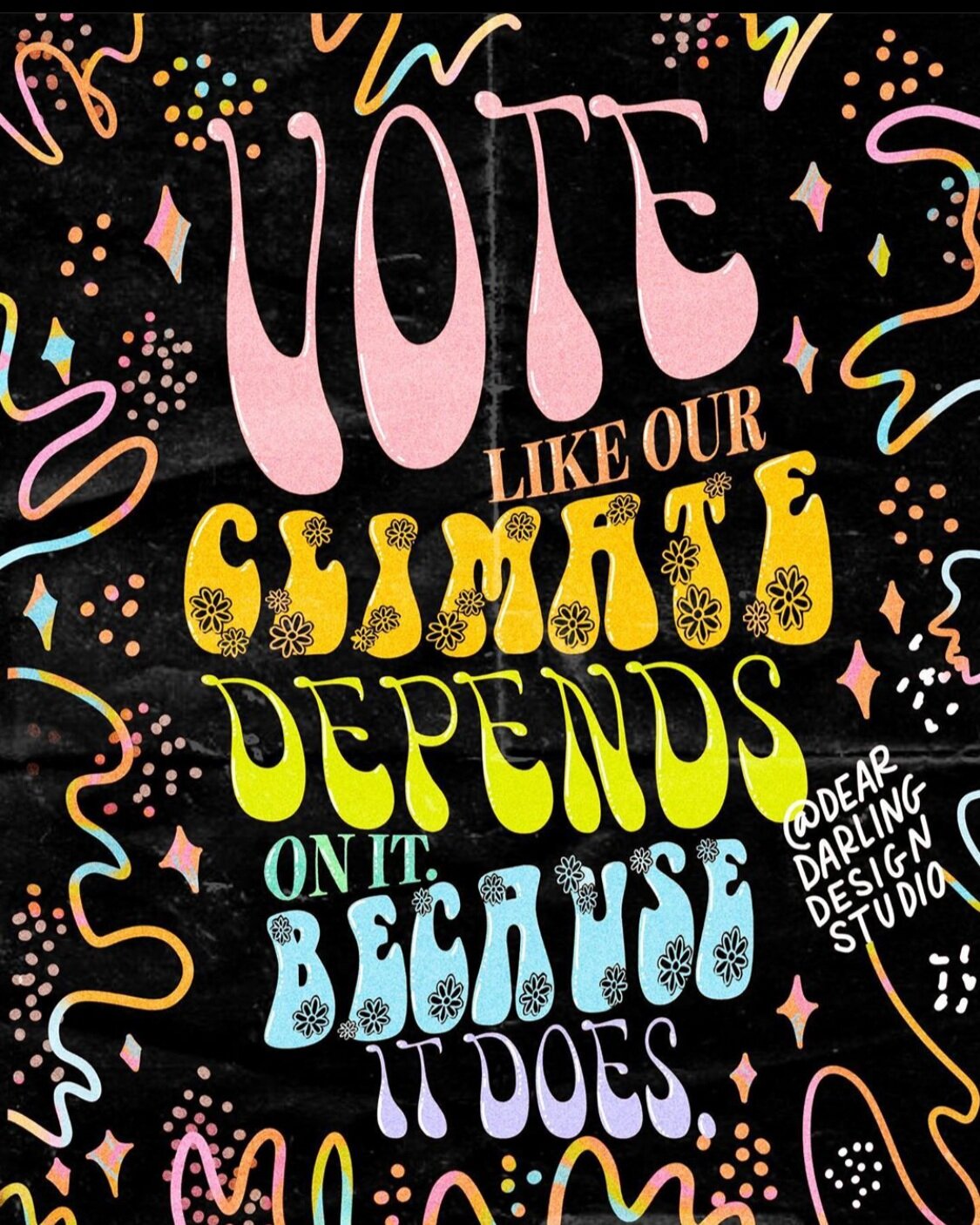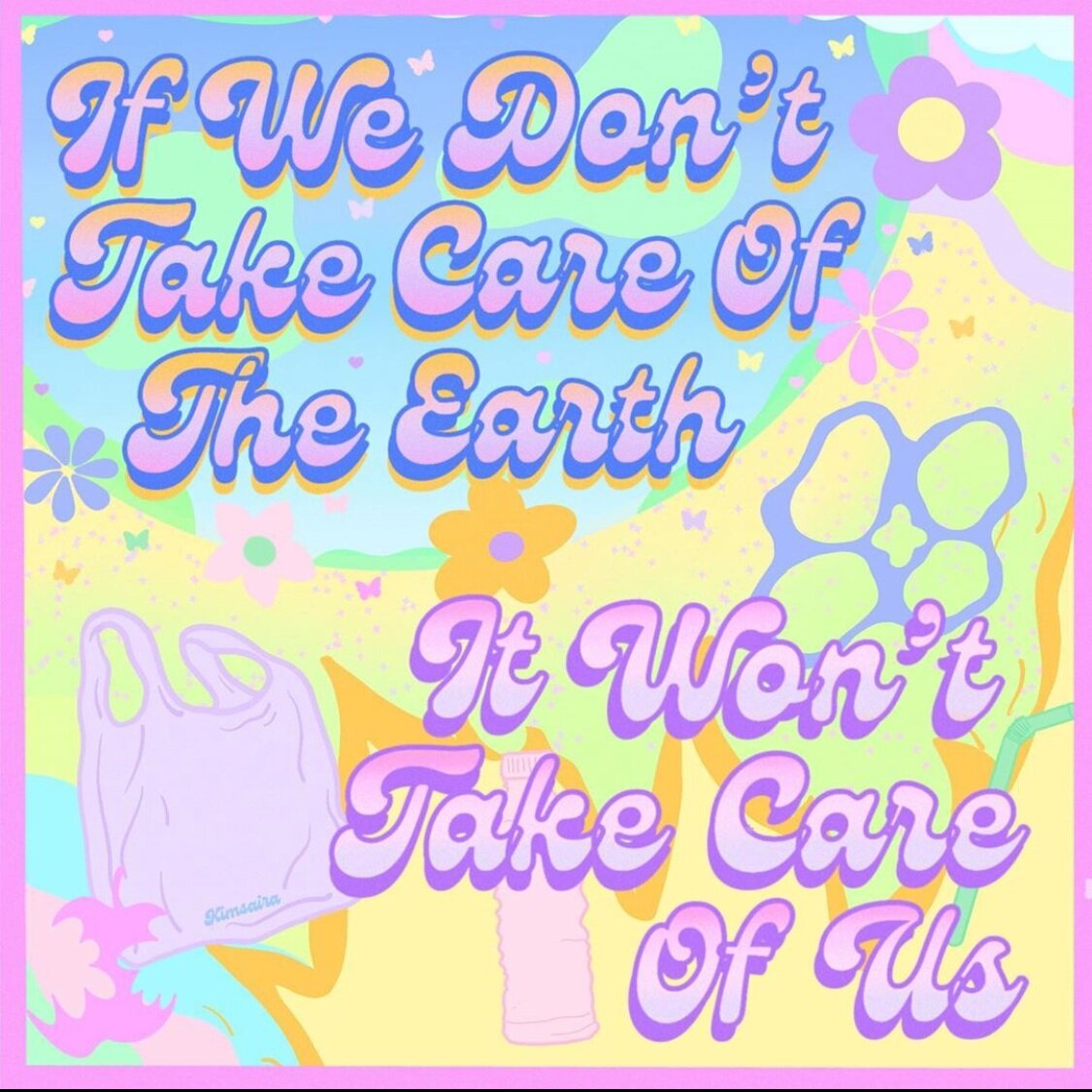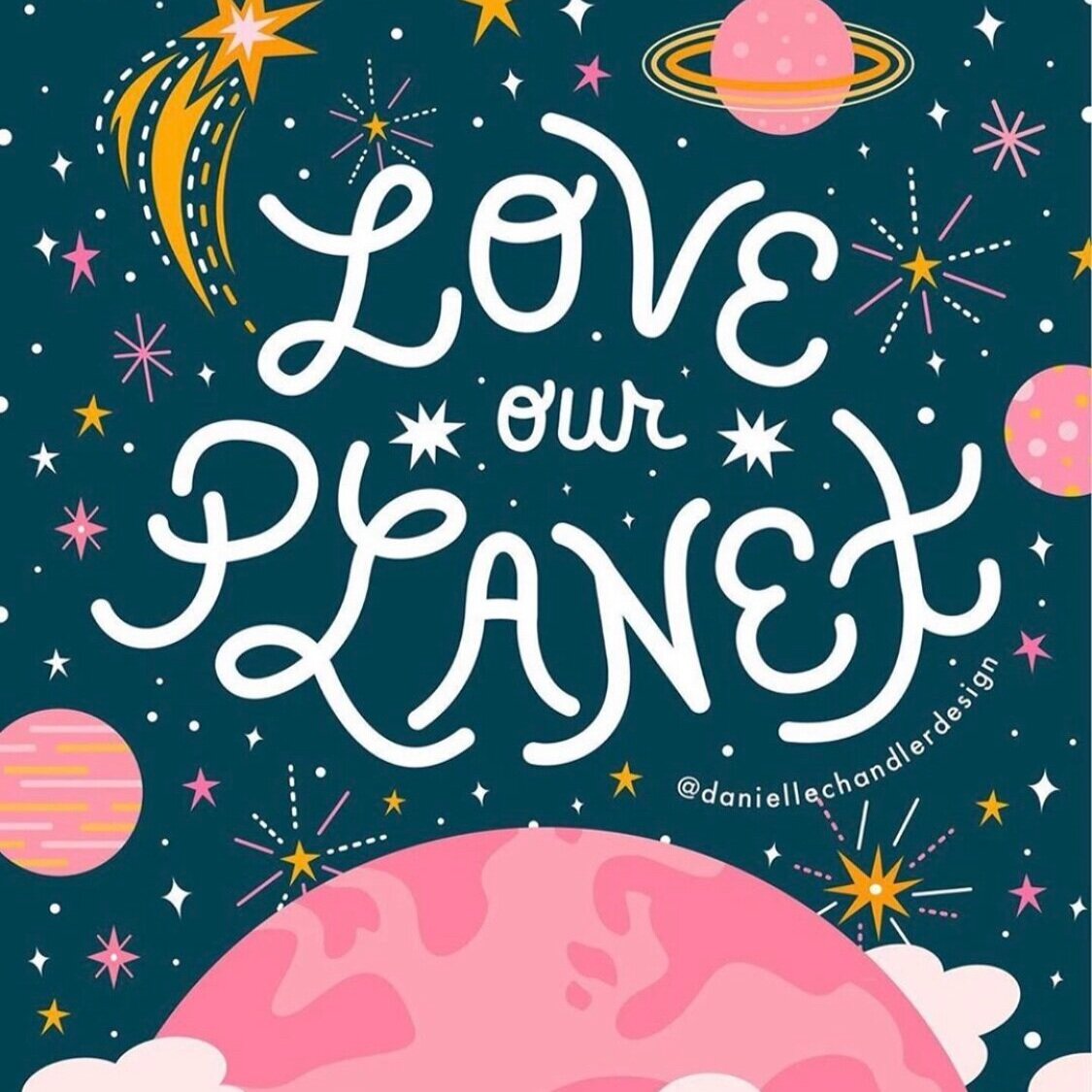Love in Action : Wildfires : Climate Change and Social Responsibility
Love in Action : Week 8
Love in Action : Alternating Wednesdays 12-1pm mst
Please join Lead with Love for zoom work session every other Wednesday that highlights current issues related to justice, freedom and climate change that need of our help. We will provide tangible actions and perform these efforts within the 1 hour meeting.
This week our efforts will focus on Wildfires : Climate Change and Social Responsibility.
We cherish our sacred outdoors, believe in science, believe in the healing power of nature and believe in the ability to live in harmony with the earth. We sense the urgency and understand that if not for widespread immediate action, led by the government, we are risking permanent damage to this Earth that we love.
If you haven’t yet registered for Love in Action, please do so by clicking the button below.
What You’ll Need
Pen/Pencil
Paper/Journal
Greeting Card/Note Card/Stationary/Stamps
Computer with Email/Wifi
Phone
Some Background on Forest Fires
Old forests, from over a century ago, were naturally patchy. The closed canopy areas tended to be thinner and they were interspersed areas of open meadow. Fire was a part of the landscape. However, the range and footprints of the fires were relatively small. Broadly speaking, the forest managed itself. The burned areas and the alternating topography protected the trees, and the largest oldest trees were often mighty enough to survive the manageable fire levels.
For nearly 10,000 years, the indigenous people worked with the forests and with the fires to protect the land and their resources. They burned meadows and thinned forests to grow food and to provide graze for the wildlife. They even learned that burning certain forest areas in the spring and fall protected the forests during summer’s wildfires.
In the 1800’s the European settlers arrived and cleared out more forest for their cattle to graze. Next, they built roads and rails. These new grasslands and innovations prevented the fire from maintaining their natural patterns that kept the forests thin and restored.
In August 1910, a fire erupted that roared through the forest thanks to unprecedented winds. In only 2 days, nearly 3 million acres were ravaged. In response, the Forest Service, was tasked with fighting all fires on the United State’s 193 million acres of public lands.
In the 20th century, a robust timber industry introduced clear cuts and claimed many of the old growth trees, and in their place grew smaller more fire sensitive trees.
The dense, homogenized forests we know today are the result of all of these factors: widespread grazing, roads and rails, fire suppression and logging. These tight quarters and lack of diversity are prime conditions for viruses, pests and invasive species to harm and kill trees creating an accumulation of flammable underbrush and bramble.
As temperature’s rise, we see hotter, drier summers which turn these forest conditions into a powder keg. The once natural and restorative wildfires have developed into megafires or complex fires that risk the forest’s very existence along with a variety of accompanying fallout. Of course, these out of control wildfires are not the only catastrophic consequence of climate change.
Impacts of Megafires / Complex Wildfires
Physical and Mental Threat
This year, with months more of fire season to go we already have over 30 wildfire related deaths.
People’s homes, and even entire neighborhoods have been razed. Uncountable property has been destroyed.
The destruction disproportionately impacts those with fewer resources because cities are mandated to develop housing in order to manage their population density and their economies. This new construction often occurs along the outskirts of the city, near fire paths, making the construction especially vulnerable to wildfires.
Fear, anxiety, inability to go outside
Hazardous Air Quality
The current wildfires have created downright hazardous air quality conditions. Last week Portland, Oregon ranked as the worst air quality on the planet. Seattle placed second and San Francisco, third. The air quality in Oregon registered to over 500 in many areas. Typically the air quality in Portland registers at 11.
Health risks at these levels are unknown but typically hazardous air quality results in increased systemic inflammation, respiratory issues, cardiovascular issues, heart attacks, asthma attacks and strokes.
Houseless communities and essential workers who work outside are particularly at risk.
Climate Change Loop
Massive dump of CO2 into the air from fire
Continued CO2 emissions from dead wood
Heating of atmosphere through behavior of aerosol pollutants such as black carbon
Particulates can increase melt of snow and ice
Wildfire in the Age of Covid
More difficult to access fire fighters
Inmates unavailable because they are sick or have been released
Volunteer firefighters may be infected / quarantined, raising questions also about their risk of contracting the virus while on the job.
Complications with shelters
Shelters need to consider distancing techniques that typical strategies do not support. Distanced options are either insufficient or more limited and quickly at capacity.
Respiratory issues compounded
Particularly hard on people with health issues and/or covid
Respirators do not prevent spread of covid
Climate Change
Global Warming
California, Oregon, Washington and Colorado are facing record fire seasons this year.
This summer, Death Valley’s heat hit 130 degrees, one of the hottest temperatures ever recorded on Earth. LA county also broke its highest record ever at 121 degrees.
The concentration of carbon dioxide (CO2) in our atmosphere, as of May 2020, is the highest it has been in human history.
2019 was the warmest year on record.
The years since 1998 have all been the warmest on record.
9 of the 10 hottest years on records have occurred since 2010.
We’re experiencing more extreme weather patterns.
Burning fossil fuels and deforestation are two of the largest contributors to greenhouse gases.
Climate Deniers
Politicization of climate denial
Politicians who are beholden to the financing from the fossil fuel industry
Bipartisan Mania
Antifa blamed for starting the fires, the rumors were pushed out to far right media by RT (Russia Today - Russian state run media)
Days ago, Tucker Carlson mocked climate change and systemic racism as campaign ploys by the left.
Individualism
The freedom and empowerment to do what you want for your own wellbeing
Tucker Carlson argues that climate change is like "systemic racism in the sky" in that it doesn't exist but liberals want you to believe its there. pic.twitter.com/dMaZ1QOtqy
— nikki mccann ramírez (@NikkiMcR) September 12, 2020
Some Paths to Solutions
Policy
Green New Deal
A package of proposed legislation that addresses climate change and income inequality.
Paris Accord
A multinational agreement within the framework of the United Nations aimed to decrease global warming
Indigenous Wisdom
Action List
Call / Email:
As state and city officials in Oregon, Washington and California are overwhelmed with their attempts to control the wildfires and manage their consequences, we are shifting gears to take action by contacting members of the media. A report recently came out that describes how the mainstream media has underplayed the role of climate change when covering these wildfires. This omission is irresponsible. Despite partisan messaging, we need audiences to understand the connection that climate change has to the dangerous weather patterns and environmental destruction that we are facing today.
Katy Tur : Reporter with MSNBC : msnbclivewithkatytur@nbcuni.com
My name is *****. I’m writing from ******. Over the past few weeks, as the wildfires have torn through the western landscape, the mainstream media has underplayed their connection to climate change. In a recent report on this topic, you are identified as explicitly recognizing climate change during every show that you aired. I’m writing to thank you for spotlighting this issue and to encourage you to keep it up. The message from science on the climate crisis has been muffled amidst the noisy political stories for many years, impeding our ability to prepare. As the climate crisis is now upon us, vocal reporters like you play a role in activating your audience to have more awareness so they can make more demands on our representatives and make better choices at home. Thank you for using your platform to amplify truth.
Chris Wallace : Reporter with Fox : www.facebook.com/FoxNewsSunday/
My name is *****. I’m writing from ******. Over the past few weeks, as the wildfires have torn through the western landscape, the mainstream media has underplayed their connection to climate change. In a recent report on this topic, Fox was identified with having mentioned climate change only twice in its 54 segments on the wildfires. One of these mentions was in a mocking manner. You have an earned reputation as a truth teller, and have recognized the impact of climate change on the Fox network. As the climate crisis, no longer impending, is now upon us, we need journalists like yourself to stay vocal as truth tellers and drive impact within your network. The denial of this threat is dangerous. Please use your platform and position of power to educate the Fox audience and community so that they may participate in the healing and restoration of our planet which is very much in trouble.
Thank Fire Departments/Fire Technicians
Bust out your “save the USPS” stamps and write a letter of gratitude to your local fire department, one of the local fire departments that are managing the current fires out west, or an organization tending to our forest land and organizing wildland firefighters.
You can use this map to find cities and towns where local fire departments are currently dealing with fires.
This link will help you find the contact information for any fire department.
Many fire departments have email addresses listed as well, so you can use that option in real time.
You can also reach out to forest service organizations that employ/organize forest service workers and wildland firefighters:
U.S. FISH AND WILDLIFE SERVICE
Perhaps take a screenshot or photo of your thank you note and share it to your social feeds to encourage your community to do the same— tag us if you do (@ileadwithlove) and we will reshare!
Donate
Northern California wildfires: How to help fire victims and firefighters
Links to article with a curated list of non-profits responding to wildfire needs
Post
POST about climate change and indigenous stewardship of the forests, using the hashtags:
#climatechangeisreal
#climatecrisis
#wildfires
#indigenousstewardship
#loveinaction
Share images showing your support for climate action. Tag:
@u.s.forestservice
@nationalparkservice
@aoc
@edmarkey
@gretathunberg
@mariannewilliamson
@_paulkrugman_
Please help us support these amazing artists by tagging their work in your post!





















